The Pathless' fun traversal makes its post game better than its main campaign and I wish more games would learn from it
By bigsocrates 3 Comments
The Pathless is a game with an interesting pedigree. Developed by Giant Squid, a company formed by former employees of thatgamecompany (makers of Journey) and previously responsible for 2016’s Abzu. The Pathless was also a touted PS5 launch semi-exclusive, also launching on PC and mobile (and PS4 like a lot of 9th gen titles) but no other console at the time. It later made its way to Xbox and Switch, but for a time it was seen as a strong second-tier PlayStation console exclusive for the new generation.
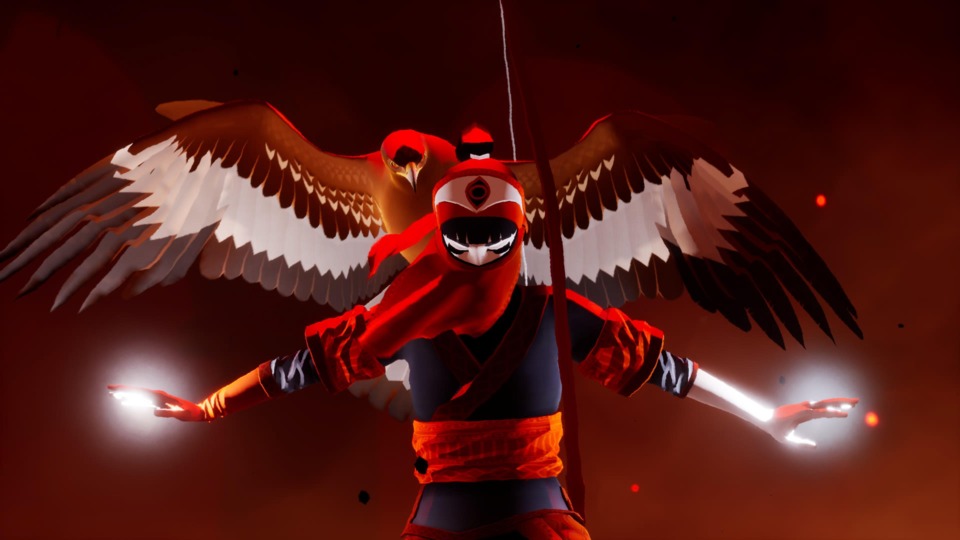
Obviously as a game that can run comfortably on IOS and Switch the Pathless was not pushing the PS5’s technical capabilities but it had a reputation for great art direction, with a look reminiscent of both Journey and Abzu, and spectacular draw distances on the more powerful machines it was on. It also garnered a respectable 77 on Metacritic, driven by certain media advocates who pushed it as a must play experience and a standout launch title. I did not get a PS5 until a couple months after launch, and I was much more strongly drawn to titles like Astro’s Playroom and Bugsnax when I did, but I picked The Pathless up earlier this year and played through it to the “bad ending” roll of the credits.
The Pathless has a lot in common with Abzu and Journey but also draws heavily on The Legend of Zelda: Breath of the Wild. You play a young girl with a bow and an eagle companion exploring a set of lush mountain plateaus after a great calamity. You are in pursuit of “The Pathfinder,” a powerful villain who, with his followers has attacked and slain the people and corrupted the animal gods of the realm in a zealous religious devotion to establishing a “path” for everyone to follow. The areas you explore are still teeming with plant and animal life, but with signs of corruption, and the buildings are all dilapidated and strewn with corpses, many of whom have left behind little spheres of light containing their final thoughts or memories for you to read. The game’s story is quite brutal and filled with tales of violence, betrayal, and despair, even though you don’t see any of it.
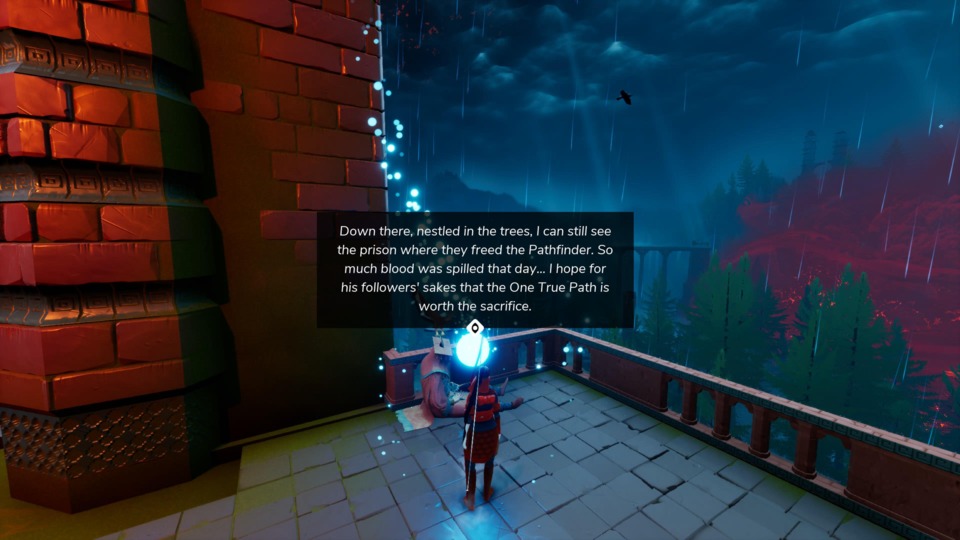
The actual gameplay mostly involves running around from place to place solving very simple puzzles to unlock collectables. Each of the four main areas has the same pattern where you have to find a certain number of lightstones in order to confront and calm the rampaging corrupted god of the area and restore peace to the area. This happens through collecting the lightstones and installing them in towers but also through encountering the god in forced stealth areas where you get separated from your eagle and have to stealth back to it so it can use its power to clear a patch of corruption. You can “die” during these sequences, which results in you losing a bit of the game’s currency (which you collect to level up ‘flaps,’ which you use to gain altitude while gliding) and those are the only parts of the game where you can be killed. Finally you confront each boss in an actual boss battle (which you can’t really die during, though you can be forced to start a phase over) which is an epic multiphased encounter where you shoot weak spots with your bow and use your eagle to purify the boss until it is pacified and friendly.
These boss encounters, somewhat mirroring Breath of the Wild’s divine beasts (quite literally in that you are fighting giant animal gods) are the only combat in the game. Otherwise your time is spent running, gliding, hitting or shooting switches, and doing other puzzle stuff. The puzzles themselves are adequate, but barely. There are a few different types but they mostly involve using spirit vision to find a false wall, shooting flames with your bow to light other fires, finding weights to put on switches, moving deflective mirrors around to make trick shots, or some combination of the above. It’s all stuff we’ve seen before and reminded me of the environmental puzzles in Immortals: Fenyx Rising, another game from the same time period that drew heavily on Breath of the Wild but one where the focus was on combat, humorous narration, character development, and much more complex independent puzzle shrines, none of which are part of The Pathless.
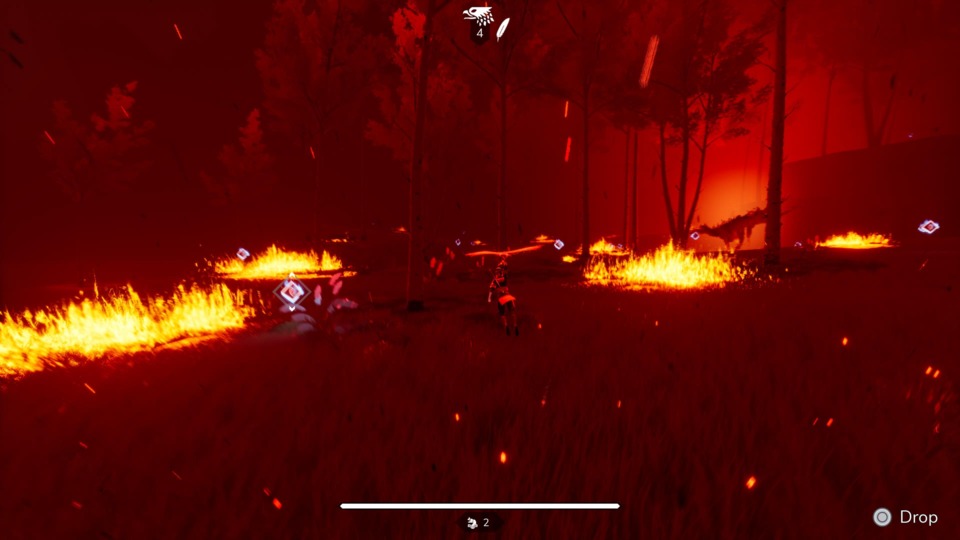
What is part of The Pathless is a lot of running around and gliding. Your nameless character can jog pretty slowly at her base speed but she can boost to a fast run using a spirit bar. This bar is recharged by shooting floating “talismans” that are all over the place floating in mid air. They can also be shot while gliding to give a burst of speed and height without using one of your “flaps.” Aiming in The Pathless is automatic but you need to time how long you hold and release your shot to actually hit something, and if you can charge the shot halfway you get a “skillshot” that provides even stronger benefits. So the basic locomotion in The Pathless involves running or gliding and constantly shooting Talismans to increase speed or height. It makes for a very active traversal system and when you’re doing well you move so fast and nimbly that It just “feels” extremely good.
When I played The Pathless in February I liked it fine and understood why it had its advocates but it didn’t click with me the way that Abzu and Journey did. I’m not much of a stealth guy, and the stealth sections in this game are not particularly well done, mostly involving staying still while giant vision cones sweep across the area. The boss fights had some spectacle to them and weren’t bad, but the lack of any real stakes robbed them of any sense of tension and I have never been the biggest fan of loud, fiery, demonic bosses, especially in a game that is mostly pretty chill. The puzzles ranged from extremely simple to frustrating and were not very satisfying. The traversal felt good, especially after unlocking the various upgrades you get over the course of the game, but the things you were doing were just okay. I finished the game, was glad to have experienced it, and moved on.
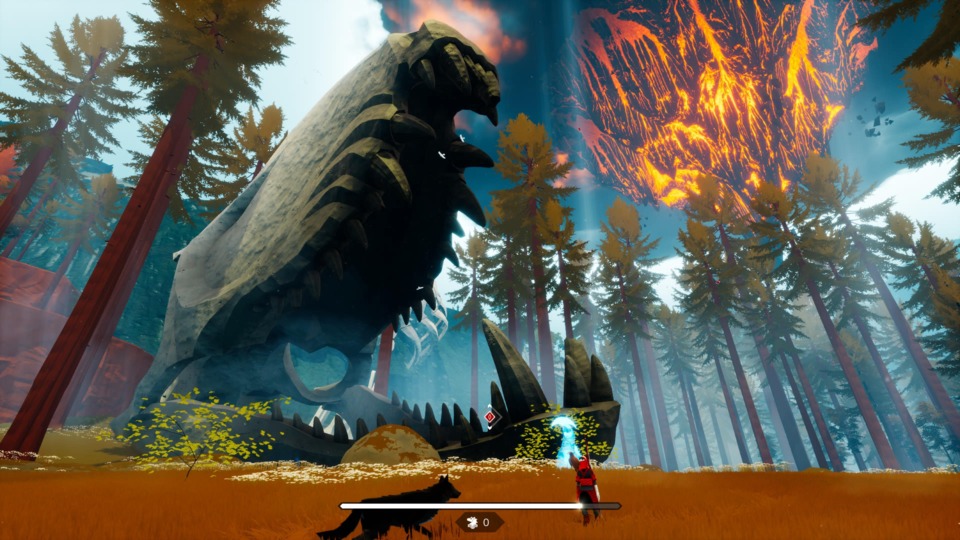
Then last week I went back to it. I was looking for a chill game to relax with and knew I had some more trophies to unlock and things to collect in the open world post game. I thought I’d go back, mess around a bit, and put it down again, but something unexpected happened. It sucked me in, deeper than the first time, and I quickly finished everything and got the platinum. It is rare for me to want to play a story-based game after I’ve finished the main narrative, and even rarer for me to see it through and do everything (though you don’t literally have to find everything to get the plat), especially months after completing my main playthrough.
I think that my postgame playthrough of the Pathless really showed how the “gaminess” that the developers decided to put in took away from the game’s strengths. Like Abzu and to some degree Journey the Pathless is a game that shines in its big open environments and just the feeling of going through the world. Whether floating over a massive canyon gliding towards a structure or running along the ground hitting Talismans and leaping from place to place, the journey is much more satisfying than the pretty boring things that you do when you get there. During my initial playthrough I was focused on collecting currency for flaps and completing challenges to advance the story, but when I went bac I was able to just wander around, completing objectives in a more leisurely manner that allowed me to really enjoy that movement and the game’s beauty and design. Not having to deal with the stealth or boss fights made the game’s flow much better and allowed me to get into a more zen-like relaxed state. It turned the game from a somewhat limited BOTW clone into more of an exploration experience with a few minor puzzles to break things up and give the traveling some destination. The game is littered with little puzzles for hidden lanterns (that give you flap currency) and chests (also currency, but more) so the world doesn’t feel empty, just enjoyably sparse.
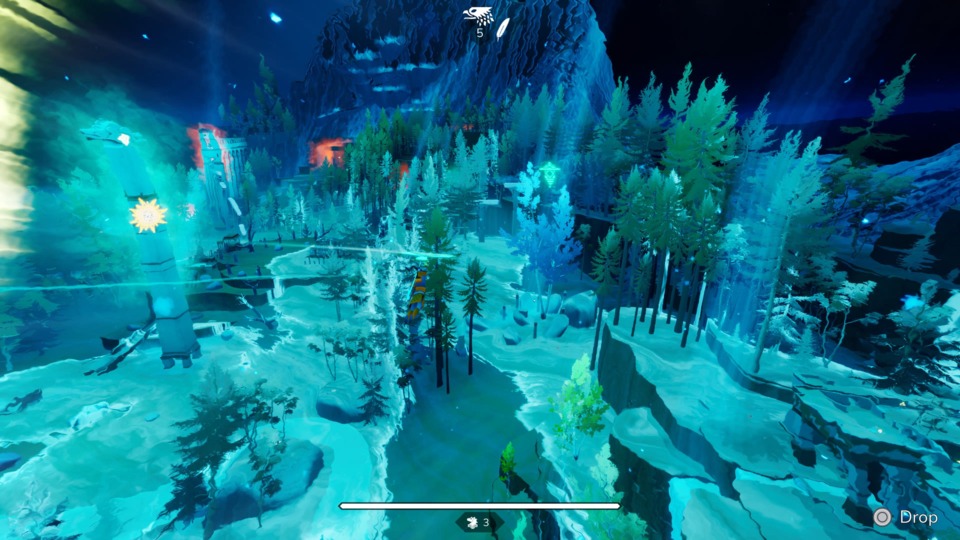
I think traversal is often an underbaked mechanic in games. A lot of games are so focused on combat or story that they fail to make the experience of just moving in the game’s space engaging or enjoyable. This is something the Mario games have always focused on, from the meticulous acceleration curve in the original Super Mario Bros., to the various F.L.U.D. moves in Sunshine to the cap toss and dive in Odyssey, Mario’s designers have always known that making it fun just to run around is important, and that’s part of what makes those games so magical. Even when you’re not doing anything “important” you’re still having fun. The Pathless captures some of that in its own way, though with more of a sense of scale and momentum and fewer nimble acrobatics. The use of the talismans to give you something to do while running makes a huge difference in turning the empty potentially boring space into a place for actual gameplay.
The Pathless shows that while gameplay is king for most games, it can come in different forms. The gamiest parts of The Pathless are its most mediocre, while the empty space of the world as you explore is where its at its most free. Too many games make moving in their worlds a chore or just something to get through to find the fun parts, which is a real issue in many open world games where the open world becomes boring and exhausting and weakens the game instead of strengthening it. The Pathless shows that if you get that traversal “empty” part right then even if the rest of the game is weaker it can still be a worthwhile experience overall.
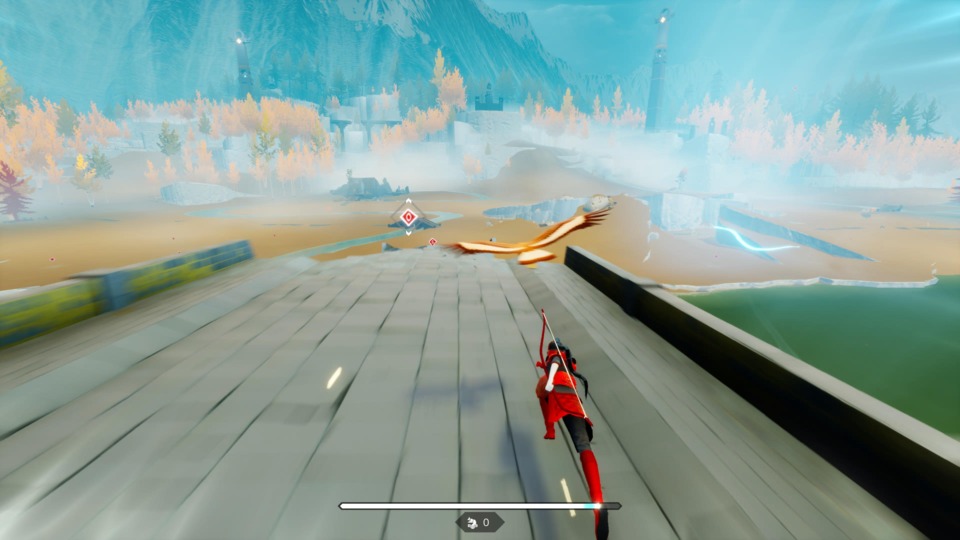
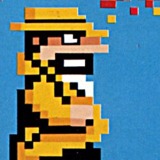

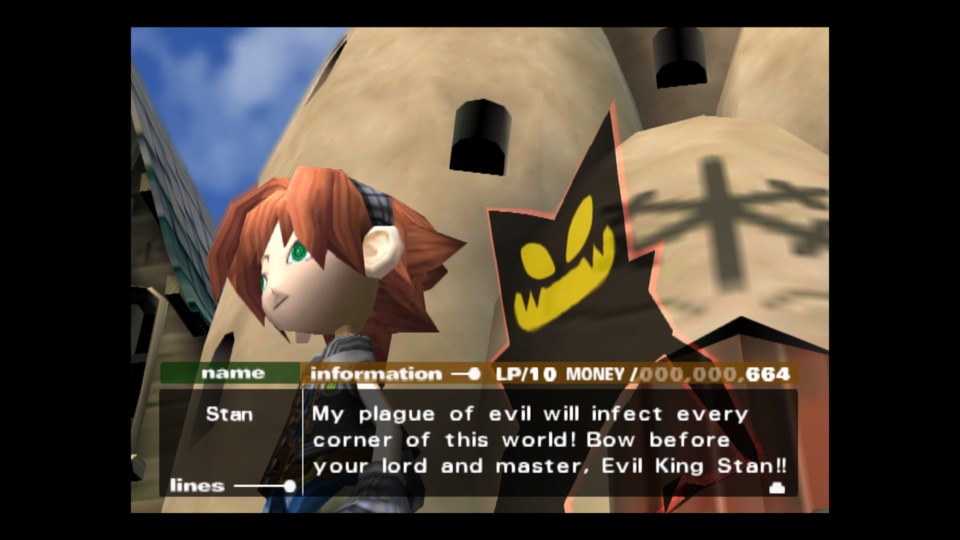
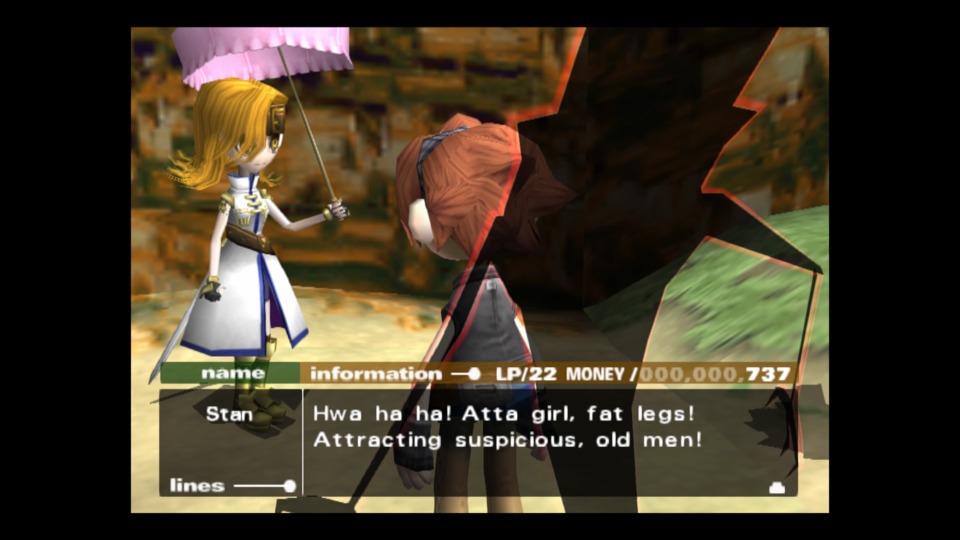
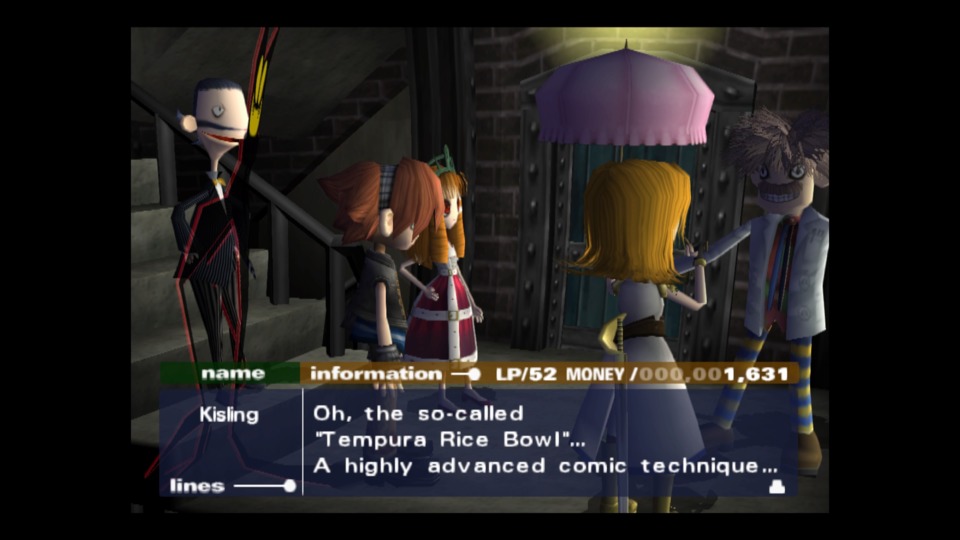
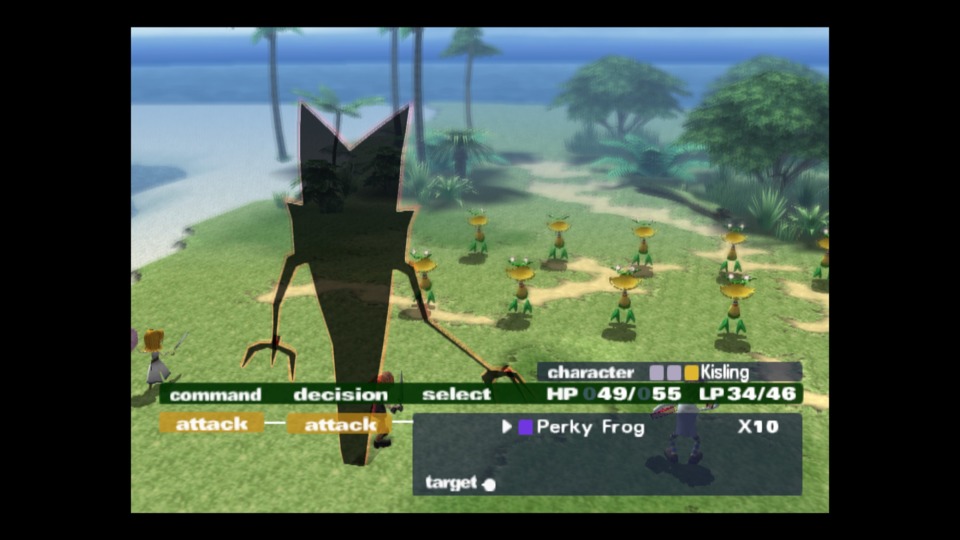
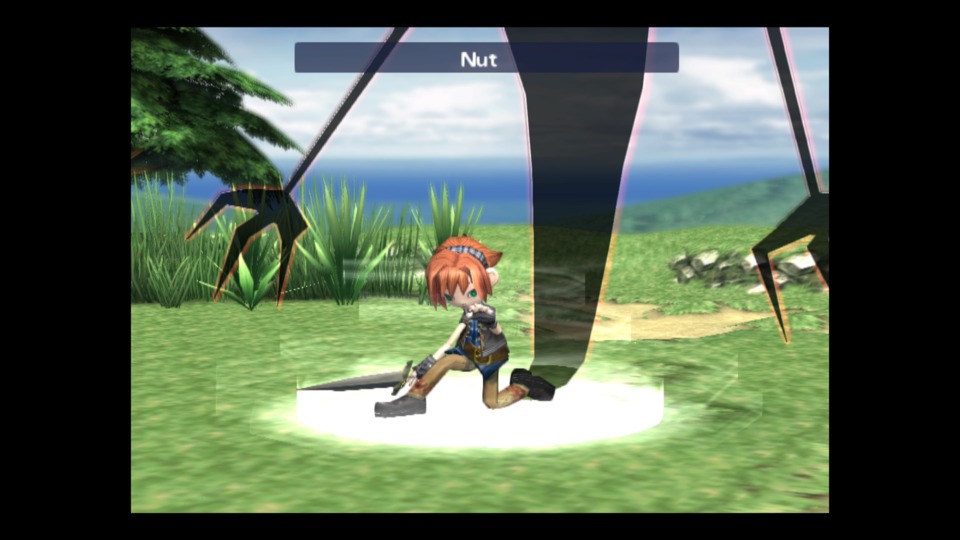
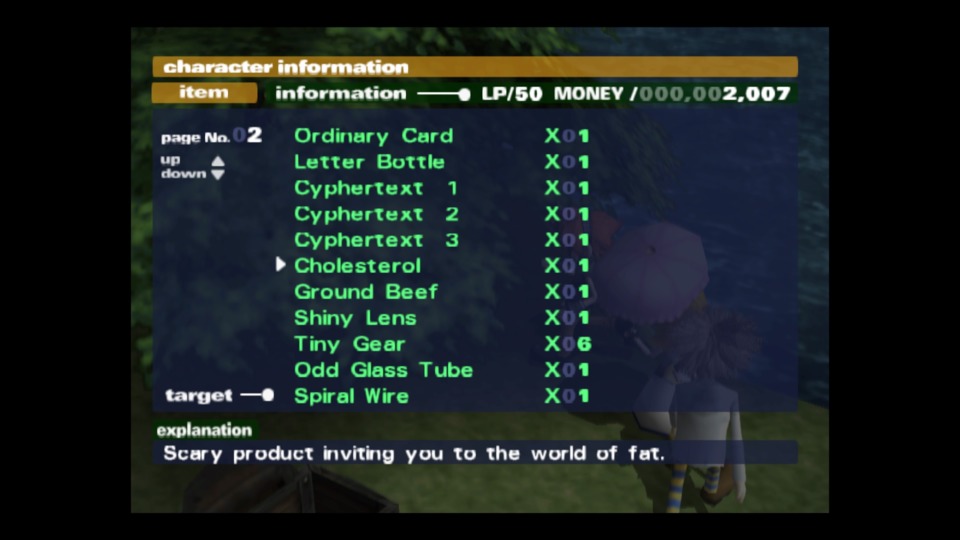
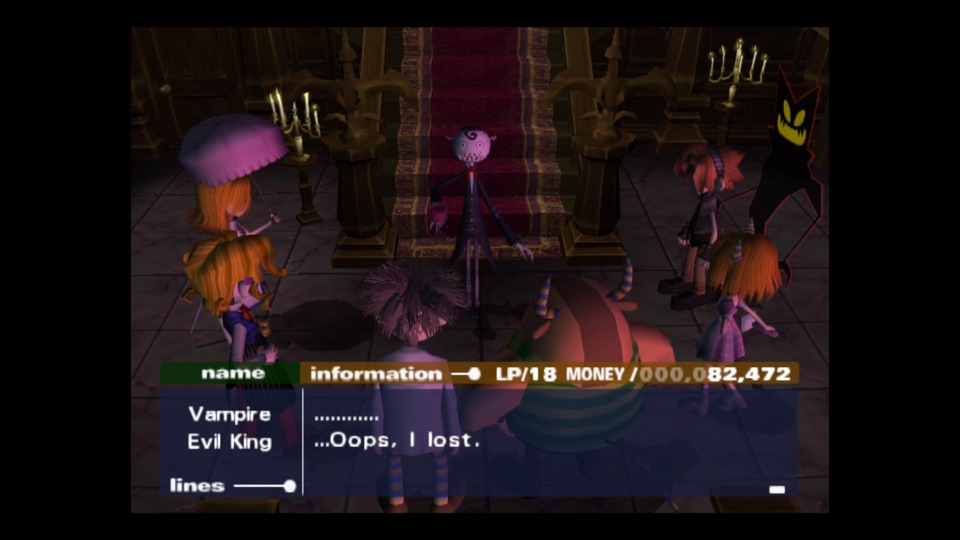
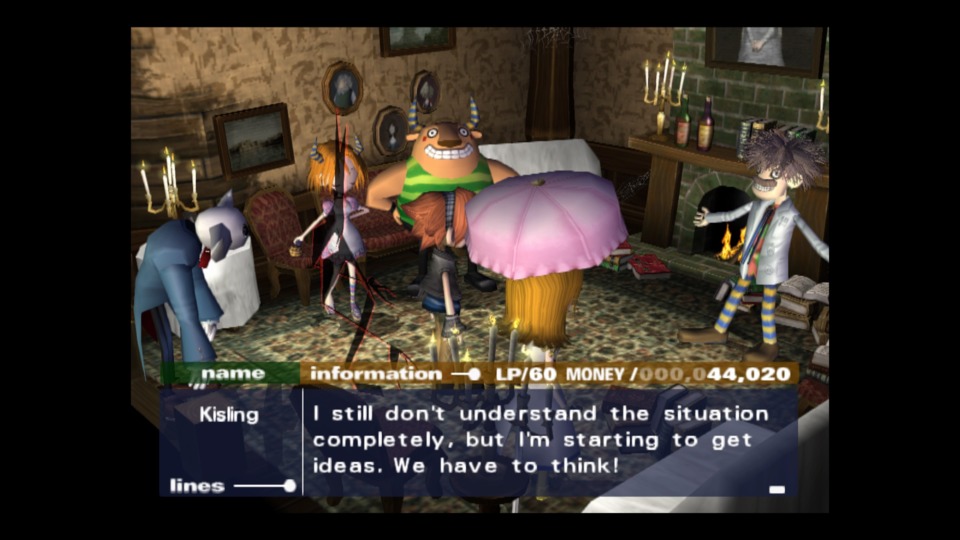

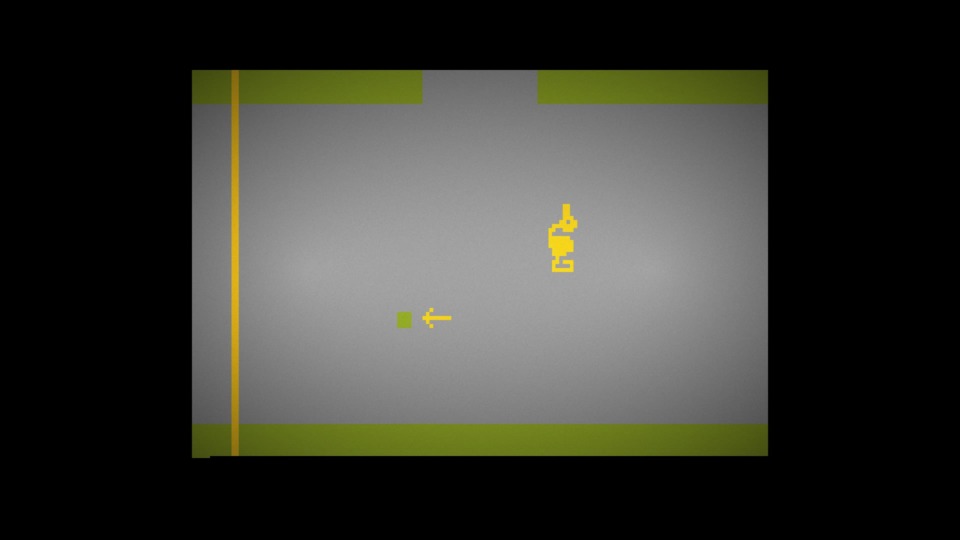
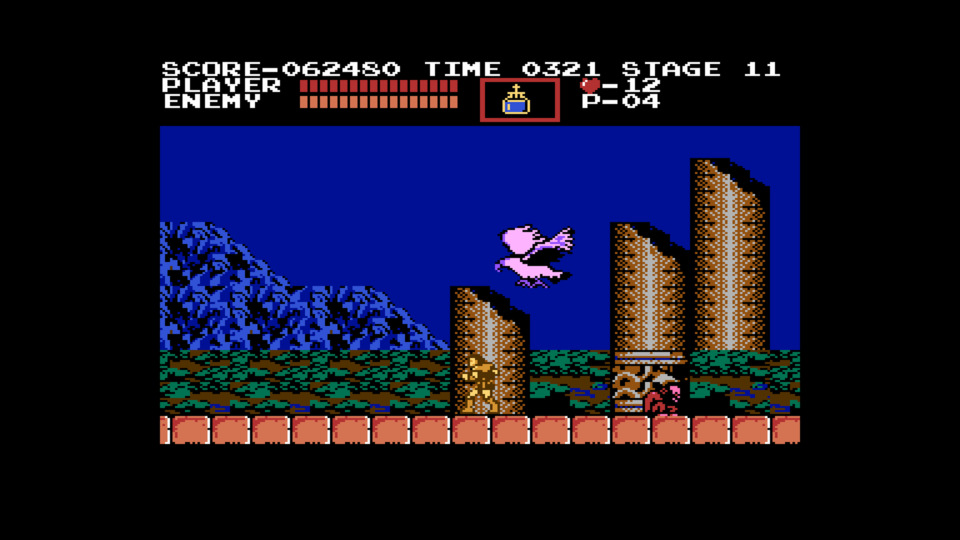
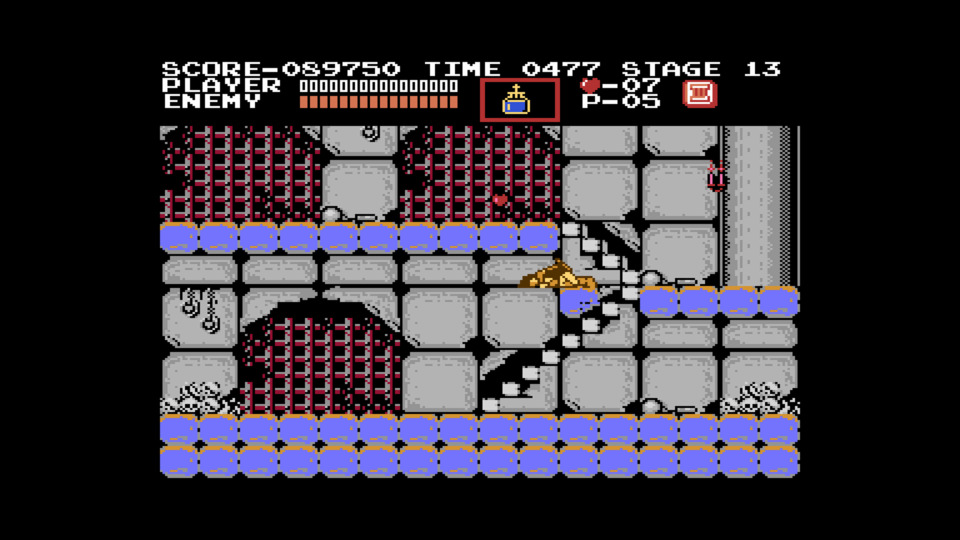
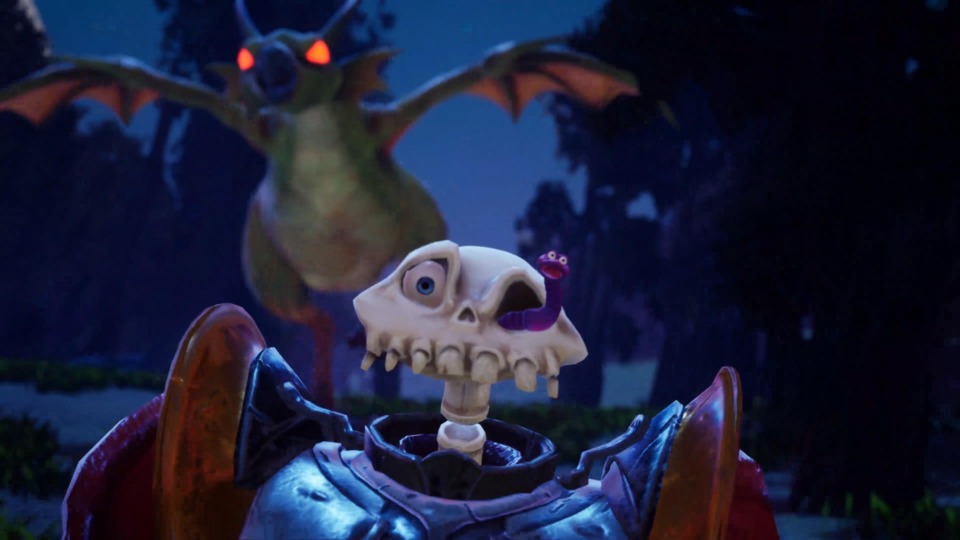
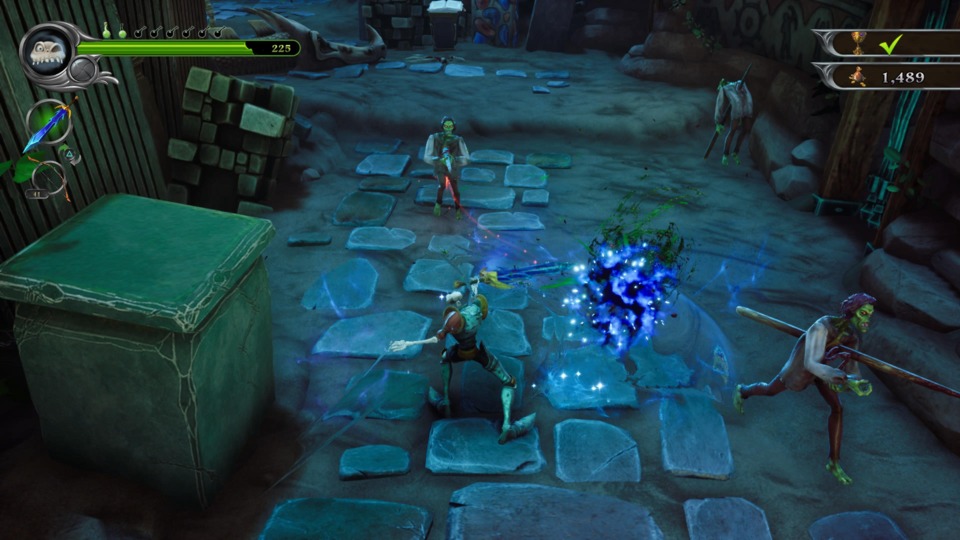
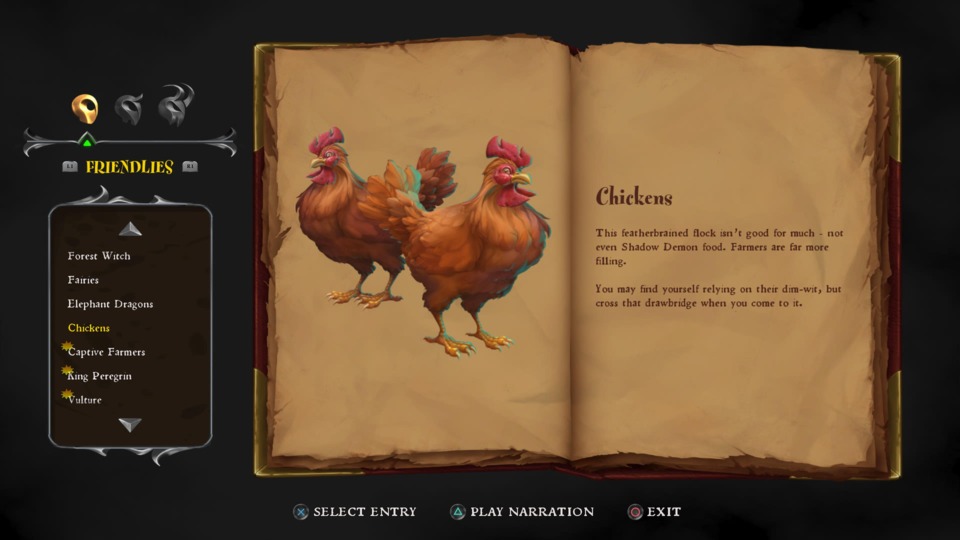
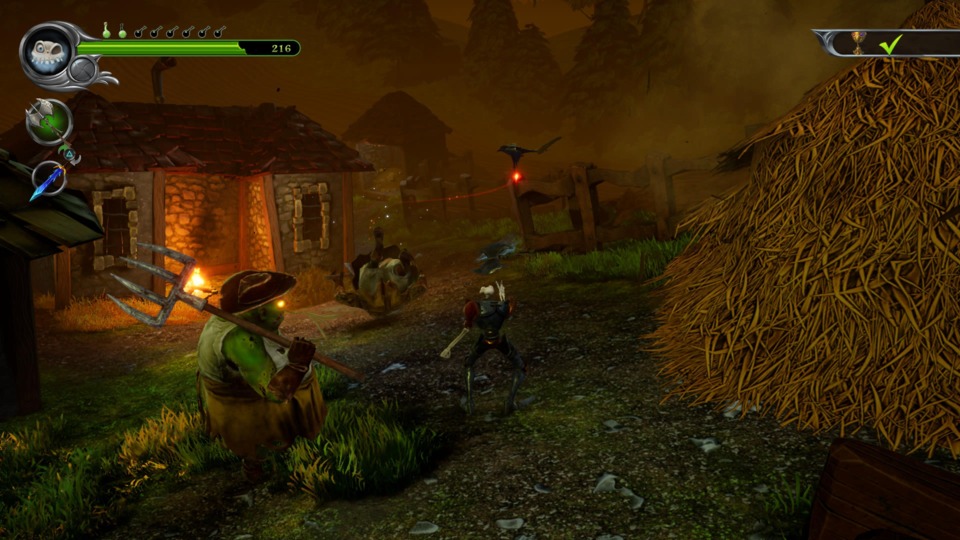
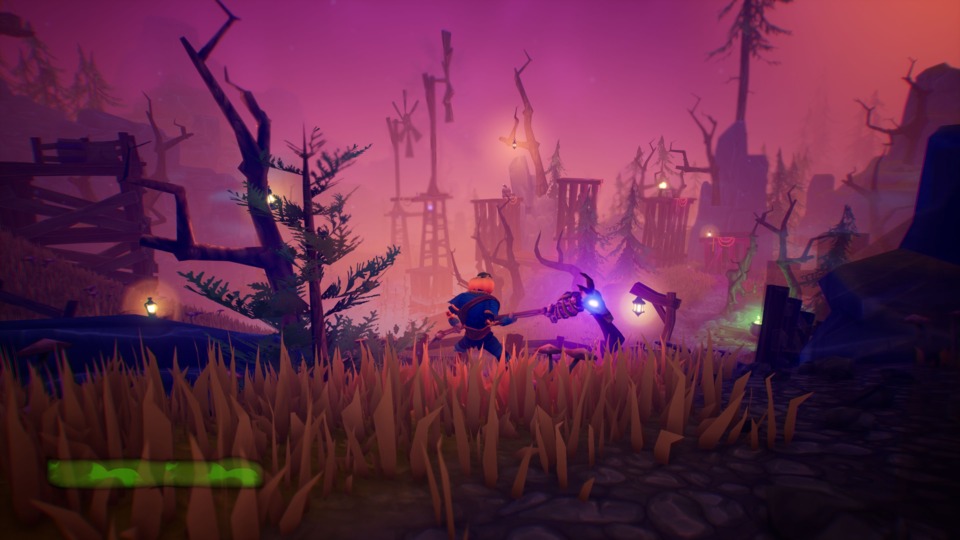


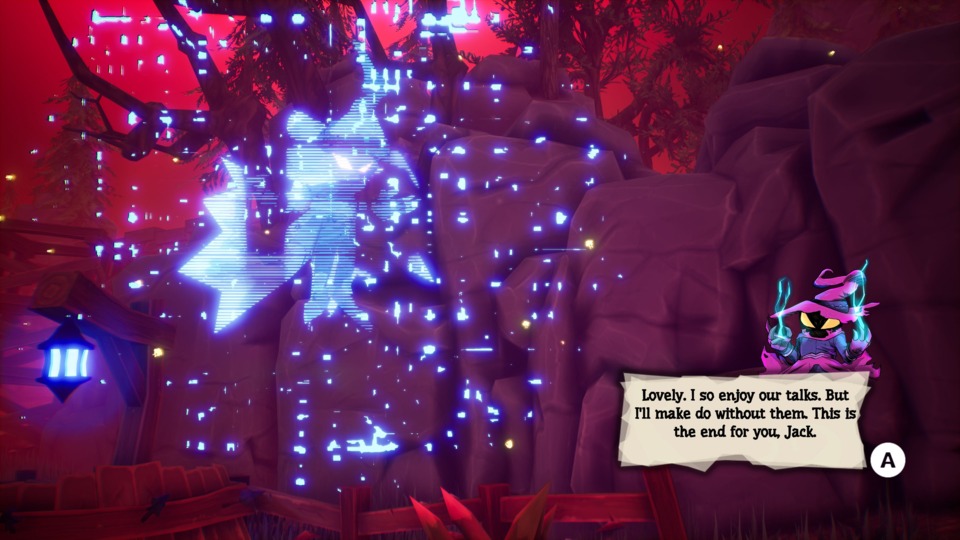
Log in to comment